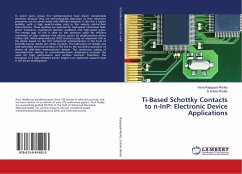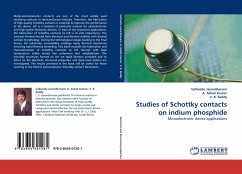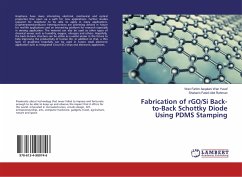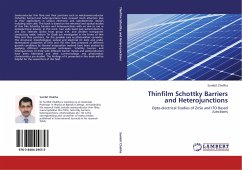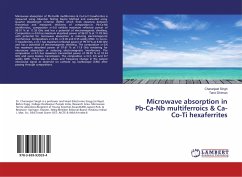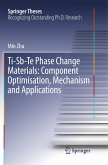In recent years, group III-V semiconductors have drawn considerable attention because they are technologically important as their electronic properties can be varied easily with different dopants. It also has a higher mobility, with a high peak-to-valley ratio in the velocity electric-field characteristics. These qualities are essential for high-speed microwave field-effect transistors, transferred electron oscillators and high-speed logics. The energy gap of InP is close to the optimum value for efficient conversion of solar radiation into electric power by single-junction photo voltaic cells. Metal-semiconductor (MS) structures play an important role in the device based on the III-V compound semiconductors in the form of Schottky barrier diodes (or) ohmic contacts. The fabrication of reliable and well-controlled electrical contacts is the key to the successful operation of almost all solid-state semiconductor devices. The continuous scaling of microelectronic devices to sub-microelectronic dimensions increases the need for high performance and rectifies contacts. Therefore, the formation of a high Schottky barrier height is an important research issue in InP device development.
Bitte wählen Sie Ihr Anliegen aus.
Rechnungen
Retourenschein anfordern
Bestellstatus
Storno

